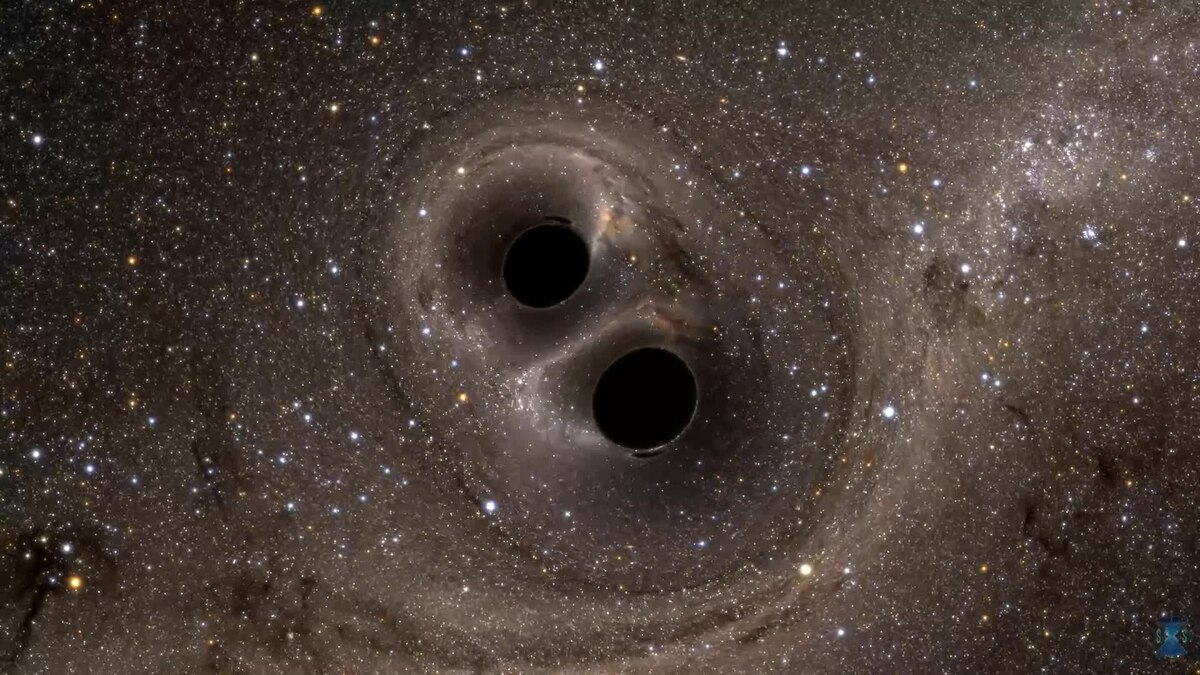Is there really a reason to specify "space-time separated" if the temporal dimension isn't separated in any models I have seen so far?
The system seems to indicate that "space-time" needs to be different. However, overall the time can still be the same considering it all happens inside the exact temporal coordinates, only differing by the spatial coordinates.
Time being affected in Tier 2 is necessary for Low 2-C to being with, at that point, it's already a requirement to affect the timeline. From 2-C up to 2-A, the only thing that is changing is the volume of destruction across of 4th spatial axis, so the basis for the destruction would be 3D space being separated across a 4th spatial axis, and isn't related to time per se.
Of course, the overall idea of "space-time" being separated is true, but because they are separated by space alone, and not really by time. The common misunderstanding about the system seems to always have been due to the "time" aspect, the reason why many people attempted to show different space-times because Time flowed differently for two points of space.
If what is necessary for 2-C up to 2-A is affecting many Low 2-C (3D space and 1D time) structures across a 4th spatial axis, then the main point of discussion should be about how they differ in the spatial axis, and not related to the time axis per se (If time is not affected, it's not Low 2-C per the standards, although really discussing that could result in a lot of complications for the tiering system). The point should be in helping the user to define the overall 5D volume thanks to the extra spatial axis instead of dealing so much with time (And talking about how "different time flows" isn't evidence would need a lot of explanation to really be used IMO).
Take for example this part of the explanation:
Two universes A and B are spatio-temporally separate if and only if there are no points in space or time that are in both A and B. Under this definition, timelines that branch off of each other are not, by default, separate spacetimes. Such timelines clearly share not just a single point, but an entire interval of time, that being the timeline that existed before the moment at which they diverged.
Except that time is shared between those timelines for all the time axis, not just the point of divergence and before, but literally, everything there happened is in the same time axis. What differed in the point of divergence is that it branched off across the spatial axis, not the temporal axis. Even on DontTalkDT diagram showing how the 5D Volume would be the same, it still showed how they all shared the same temporal axis always, only differing by spatial axis. Different timelines exist under the generic Tier 2 (2-C up to 2-A) not because time is different, but because space is different.
Well since I am bad at corel draw and I dont know how I can draw an image to explain what we mean by separate space-time, I will have to use pen and paper later on.
But to clarify, low 2-C, is the destruction a space-time continuum (past, present and future) i.e. destruction of every moment of universe sized 3-D space in every moment in time, from time 0 till time infinity i.e. past, present and future but generally this can be fulfilled with just past to the present too - Mathematically that is the destruction of uncountable infinite snapshots of 3-D space.
Now this is where it gets weird mathematically or rather following the continuum hypothesis, there is no difference between destruction of a single space-time continuum or an infinite space-time continuum, since multiple infinites cannot be larger than a single one unless you are superimposing them.
So by your definition, destruction of one or 10000000000 or infinite universes will always be equal. So, how do we solve this problem? by adding the term that for your destruction to count for higher levels of tier 2, you need to prove that this universes are contained space-times or are not spatio-temporally joined, that way for you to reach destroy multiple, you will need to destroy the space between them too (higher D space, 5-D axis, or void) but the space between this universes or timelines, will be larger than a single space-time continuum, which is why multipliers do not work for tier 2.
That said Time has no axis that needs to be joined to some space to destroy it to be more precise, time is not really relevant here, and you cannot destroy time, what is relevant is the number of 3-D space you destroy. Time is just the unit which you measure change, time itself is an illusion. So for tier 2 or the new revision, destruction of any form of temporal axis is not what we are asking.
So Temporal axis just really means the direction change is flowing, is it forward or backward. And for most universes or fiction, time flows forward, so in that case they do share the same time axis, but that does not mean they are spatio-temporally together, cause just because time flows in the same direction for them all does not mean when you are in universe A and you turn back time, you can get to a point in universe B, rather for you to be spatio-temporally separate, if you turn back time in A you should get to point 0 i.e. time before the universe starts existing and even beyond to before change started, not that you are able to get into another universe by turning back time or rather tracing back the time of universe A.

en.wikipedia.org

en.wikipedia.org

